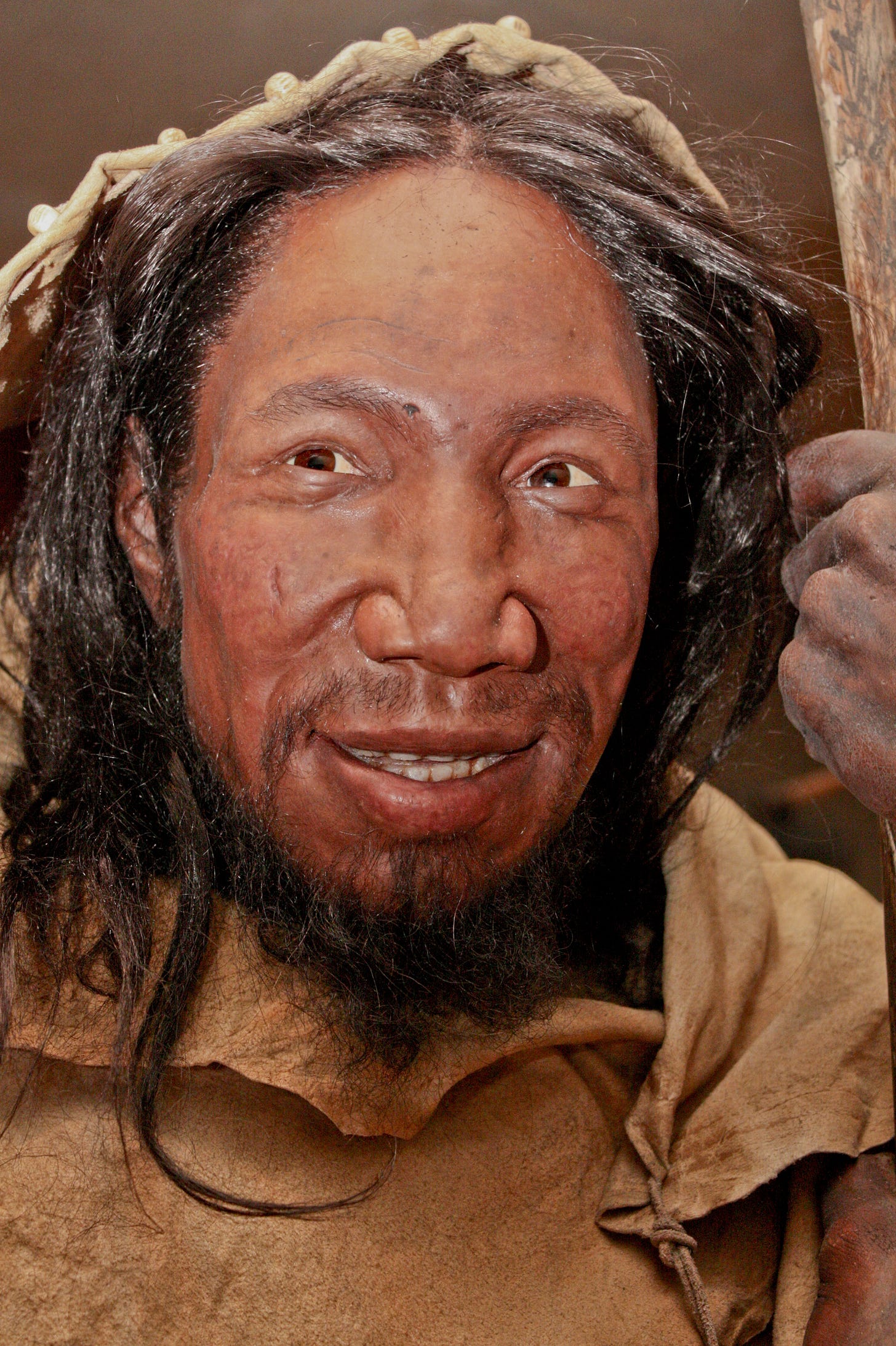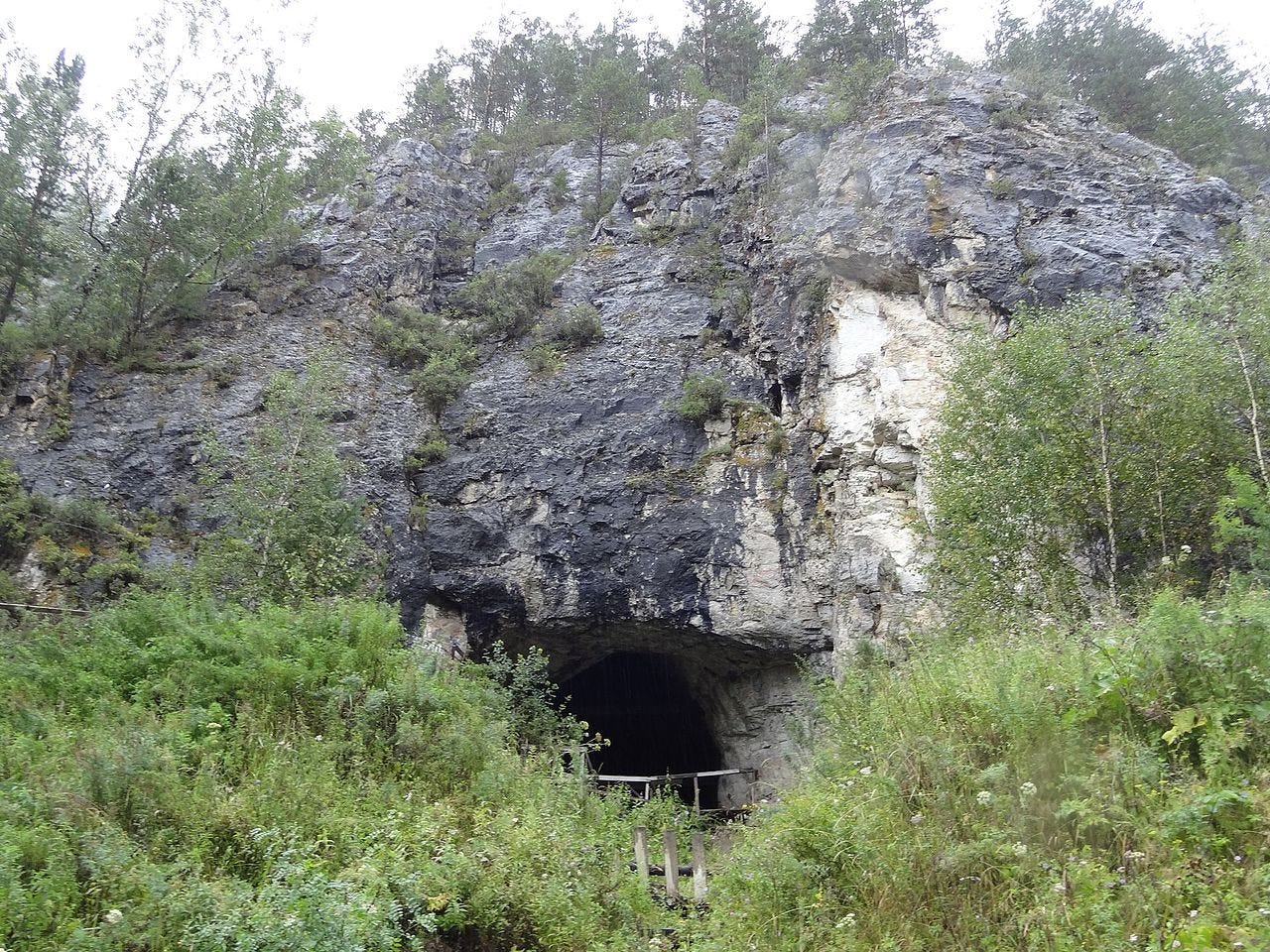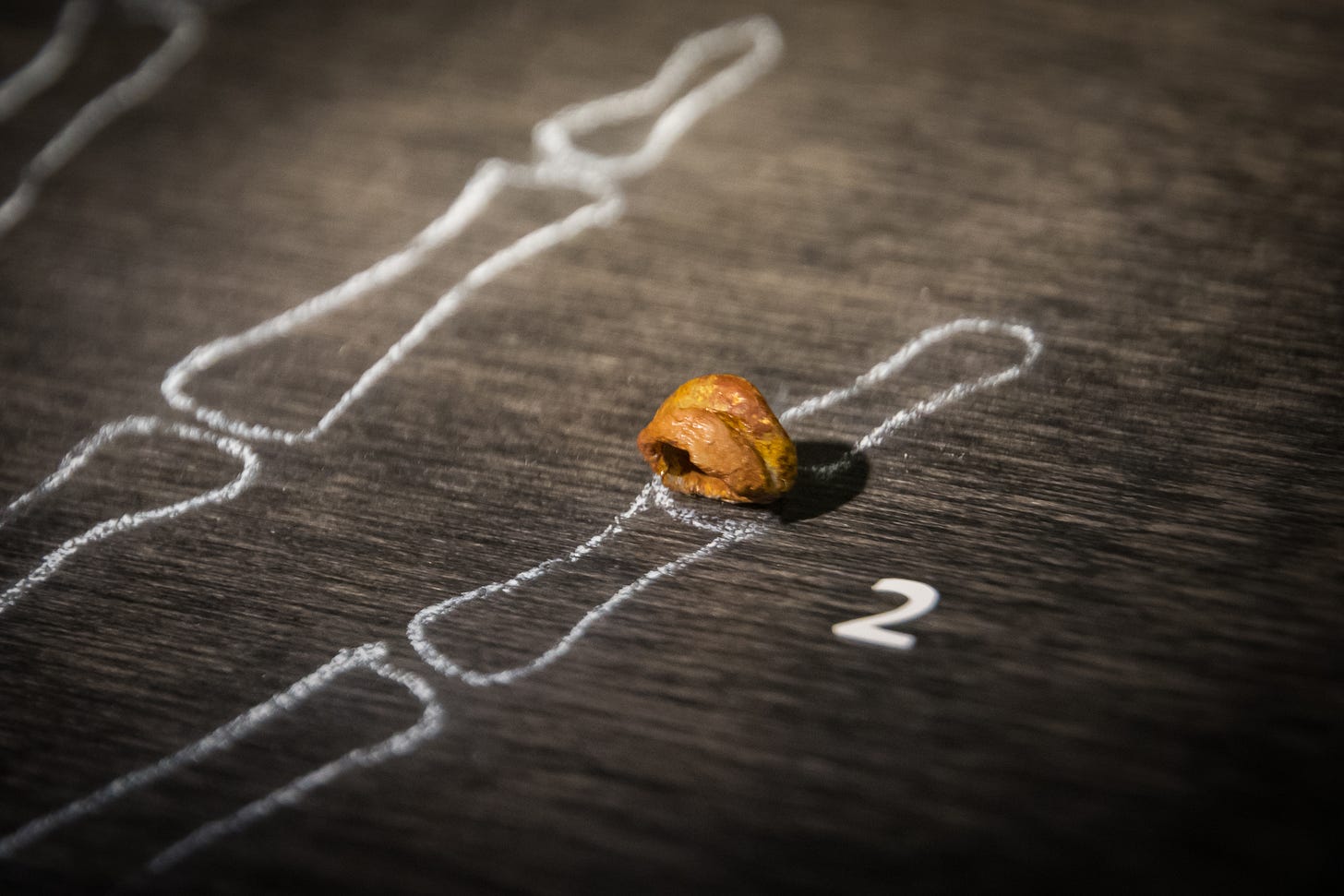The Ghosts of Archaic Humans
Our Closest Cousins
In the grand scheme of our existence, looking back over the course of millions of years of evolution, the status of Homo sapiens as the sole species of humans on this planet is a pretty recent development. For most of the period since our distant, distant ancestors diverged (4-8ish million years ago) from those common precursors we share with chimpanzees, our predecessors have shared the Earth with a whole bunch of more and less closely related cousins.
Humanity’s past isn’t one of a single lineage, leading inexorably from primitive ape-like creatures to anatomically modern humans; instead, it’s one of many branching, tangled lineages. Multiple populations of hominins that differed enough from one another to be considered separate species existed at any given time, and they regularly encountered one another, exchanged genes (that’s a fancy way of saying they had sex, a lot of it), and then split apart for tens or hundreds of thousands of years. Most of those populations that once existed have left no descendants at all, but some of them contributed to our ancestry, to the genes of people alive today.
The Neanderthals are our closest archaic human cousins. Far from being primitive, club-wielding dullards, Neanderthals weren’t much different from the other populations - like those that led more directly to us today - that existed at the same time: stronger and more muscular, fewer in number and perhaps more inclined to severe inbreeding, but remarkably successful. Cognitively, there isn’t much of a reason to think that they were any less capable than we are; for most of the period in which anatomically modern humans and Neanderthals overlapped chronologically, we used the same tools, lived similar lifestyles, and behaved similarly. The earliest known cave art, 65,000 years old and the beginning of a mind-blowing artistic tradition that lasted for tens of thousands of years, was made not by Homo sapiens but by Neanderthals.
Our deep ancestors didn’t exactly have the biological species concept close to hand. Would a Neanderthal really have looked all that different to them? Maybe, but not enough to stop them from doing what came naturally. When anatomically modern humans met Neanderthals, they interbred. Most people alive today carry some small percentage of Neanderthal ancestry, stemming from an interbreeding event somewhere between 50,000 and 60,000 years ago. (The percentage varies from person to person and by present-day population, with less Neanderthal ancestry in Africa than elsewhere.) Look at this handsome guy! How could anybody resist?

That’s a little bit mind-blowing, but not as much as the fact that this happened all the time. Later Neanderthals, for example might have carried a little bit of ancestry from an anatomically modern human population, about as much as we have from Neanderthals today. There had probably been an interbreeding event sometime between 90 and 120,000 years ago to produce this pattern of ancestry.
Whenever Homo sapiens met another group, interbreeding soon followed. Neanderthal ancestry in people alive today seems to come from that one event about 50,000 years ago, but there were other admixture events (as geneticists term them). A 40,000-year-old set of remains from a Romanian cave called Peștera cu Oase definitely belong to a modern human, but enough about the skeleton looks Neanderthal-ish that there’s reason to be suspicious. When his genome was extracted and analyzed, it turned out that he had a ton of Neanderthal ancestry, and that it was fairly recent: within the past four to six generations, the blink of an eye, this person had a Neanderthal ancestor. Here’s a reconstruction of him:

There were presumably many more of these Neanderthal-human interbreeding events, leaving behind descendants we have yet to find.
But Neanderthals weren’t the only archaic human species hanging around at the time.
Denisova Cave sits at the end of a valley in the Altai Mountains of southern Siberia. It’s visible from quite a ways off, which is probably why a variety of archaic humans used it as a shelter for tens of thousands of years. Neanderthals lived there on a few occasions. Anatomically modern humans did, too.

So did a third species. During excavations, archaeologists discovered the fifth distal phalanx - pinkie bone - of an adolescent girl who lived somewhere between 50,000 and 75,000 years old. The cave is cold and dry, a great place to preserve biological material, so the researchers sent the pinkie to see if DNA could be extracted. It could, but it proved that the finger bone didn’t belong to a Neanderthal or a modern human, but to an as-yet-unknown third species.

These were the Denisovans, a species from whom we have practically no fossils but a wealth of evidence about their genes. Like Neanderthals, they too interbred with Homo sapiens in the distant past, leaving behind descendants all across East Asia and Oceania. Denisovan ancestry is most common among today’s Papuans and Australians - one interbreeding event presumably took place in mainland southeast Asia or New Guinea - but there were several meetings between these extinct archaic humans and us. One of them gave the ancestors of modern Tibetans a unique adaptation that helps them function at high altitudes.
It wasn’t just us and Neanderthals, or us and Denisovans; Neanderthals and Denisovans interbred, too. One of the sets of remains found at Denisova Cave, the same location that produced the initial evidence of the Denisovans’ existence, belonged to a first-generation hybrid with a Denisovan father and a Neanderthal mother.
There were others, too. One or more populations of archaic human survived within Africa until recent times, and they interbred with the ancestors of some present-day Africans. It’s unclear which species this was - the fossil record is pretty sparse through much of the continent - but it definitely existed. Outside Africa, there were at least a few different groups aside from Neanderthals and Denisovans. An extinct species of quite divergent humans called Homo luzonensis inhabited the Philippine island of Luzon. On the nearby Indonesian island of Flores, there was another species altogether, Homo floresiensis, who were only three feet tall:

As the genetic evidence gets sharper, more remains are found, and older remains reexamined, we’re likely to find more of these different species and more interbreeding events. The human story is full of twists and turns.
If you think this stuff is interesting, this post is a companion to the second episode of this season of Tides of History. Check out this episode here, and if you like it, subscribe on the podcast platform of your choice.
One more cool thing: Neanderthal tool-making.
If you like these essays and posts, be sure to subscribe so you get them right in your inbox, and share.

Outstanding - thank you!
Patrick, you recommended a book of cave art in an early episode--i thought i remembered this one but maybe another. What is that recommended cave art book?